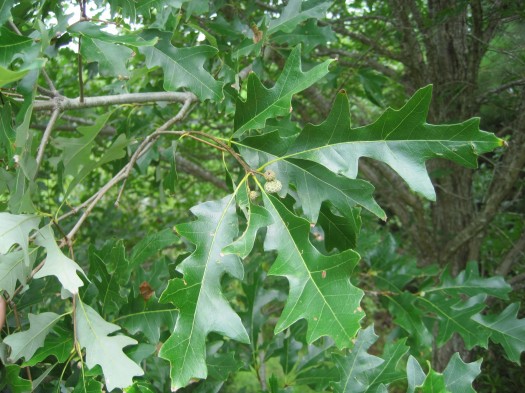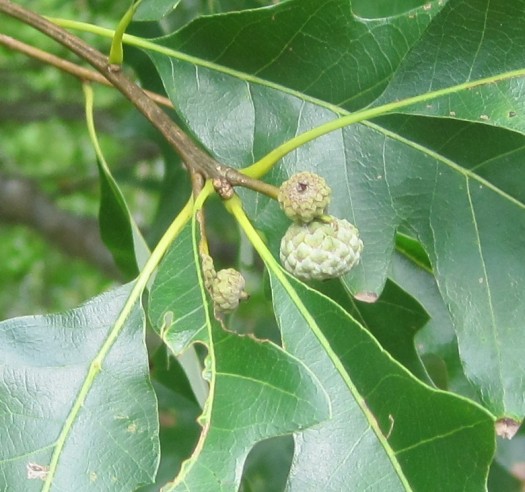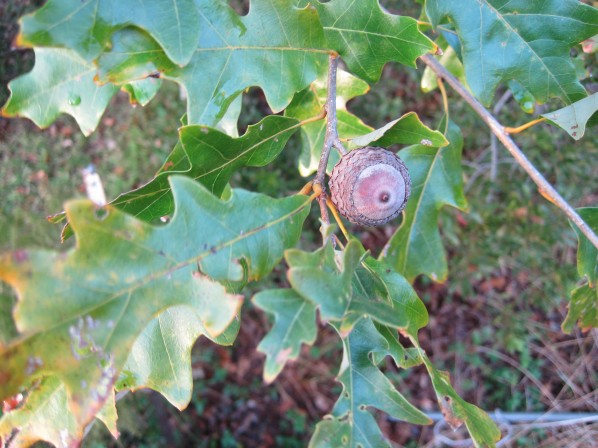NC Native Plant Society:
Plant Details
Quercus lyrata
Overcup Oak
Scientific Name: |
Quercus lyrata |
|---|---|
Genus: |
Quercus |
Species Epithet: |
lyrata |
Common Name: |
Overcup Oak |
Plant Type |
Tree |
Life Cycle |
Perennial |
Plant Family |
Fagaceae (Beech Family) |
Native/Alien: |
NC Native |
Size: |
36-72 ft., 72-100 ft. |
Bloom Color(s): |
Green |
Light: |
Sun - 6 or more hours of sun per day |
Soil Moisture: |
Moist, Wet |
Bloom Time: |
March, April |
Growing Area: |
Piedmont, Sandhills, Coastal Plain |
Habitat Description: |
Seasonally rather deeply and frequently flooded soils of floodplains of the Coastal Plain, less commonly in seasonally flooded swamps in Triassic basins in the lower Piedmont, and rarely in upland depression swamps of the Piedmont (developed over clays weathered from mafic rocks) and Coastal Plain. Primarily a species of the Southeastern Coastal Plain (Weakley 2015). Rare in NC Piedmont, common in Coastal Plain. |
Leaf Arrangement: |
Alternate |
Leaf Retention: |
Deciduous |
Leaf Type: |
Leaves veined, not needle-like or scale-like |
Leaf Form: |
Simple |
Life Cycle: |
Perennial |
Wildlife Value: |
Highest Wildlife Value |
Landscape Value: |
Suitable for home landscapes |
State Rank: |
S5: Secure (*Key) |
Global Rank: |
G5 - Secure (*Key) |
|
In winter Note the bark which is similar to White Oak, Q. alba. Overcup oak prefers wetter soil. C. Paynter, Feb, 2010, Jack Spruill's yard, Hampstead |
|
|
Leaves Jack Spruill, July 2010, Hampstead |
|
|
Acorns The cap almost completely covers the nut. Jack Spruill, July, 2010, Hampstead |
|
|
Mature Acorns © Jack Spruill, November 2010, Hampstead Here is a photo taken on 16 November 2011 of the same Quercus Lyrata (Overcup Oak) tree that Cary Paynter and I photographed earlier in the year (the preceding images above). |
|
Links: |
|
back to top
go to plant details search
go to plant images search
go to gallery home
back to Initial q Gallery
back to orchids
back to Carnivorous Plants
back to Trilliums







